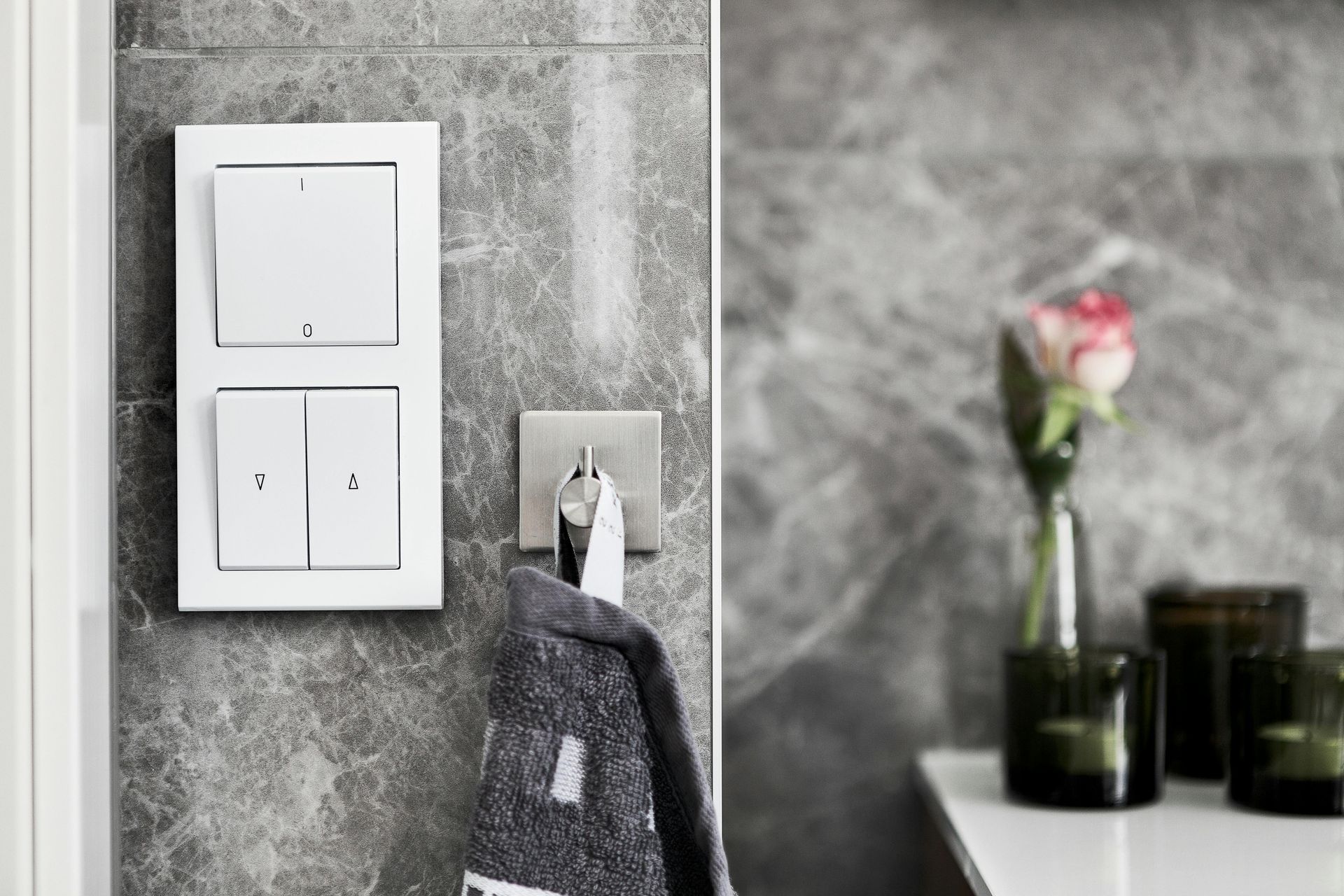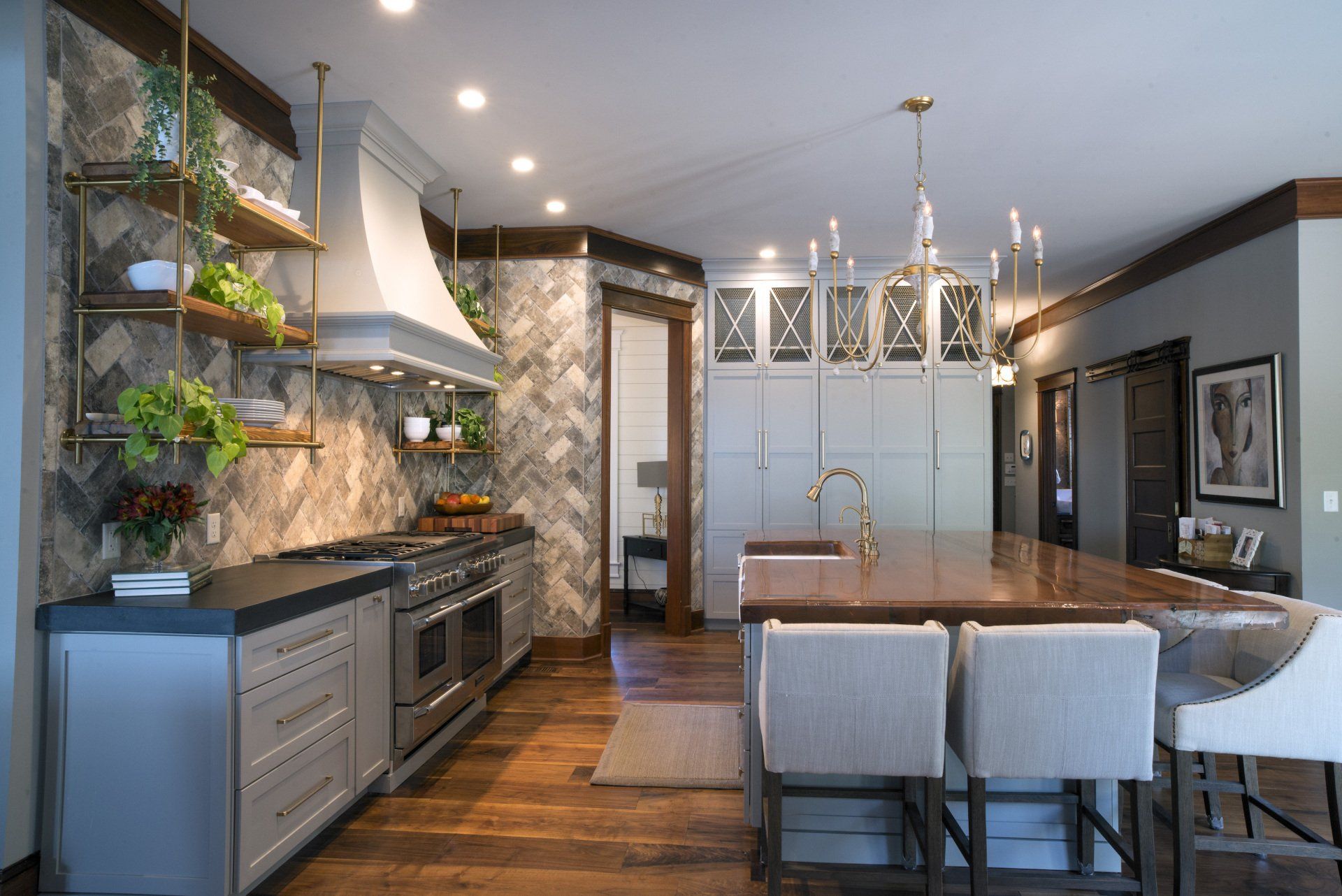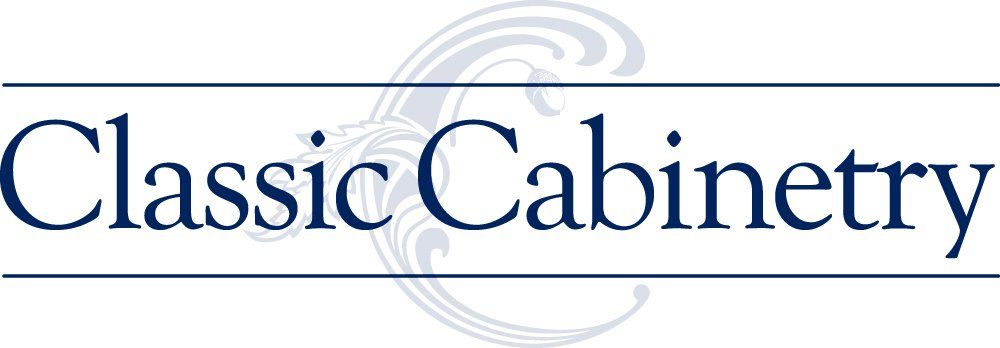Lighting can make or break how your kitchen looks, feels and functions. Lighting is equally, if not more, important as cabinets, countertops, appliances, backsplashes, flooring, sinks and faucets. Too often, however, homeowners Chattanooga treat lighting as an afterthought or leave the decision to an installer who typically selects whatever system is the easiest to install and/or the least costly. Think about this: Would you have a cleaning service select furniture for your home based on how easy it is to clean and how little the furniture might cost? If the answer is no, then why would you have an outside contractor who may not understand your needs, goals and desires, select lighting fixtures for your dream kitchen?
Simply placing flush-mounted or recessed fixtures in the center of your kitchen ceiling can provide functional light, but that type of lighting may do little to beautify the space, create a mood, evoke favorable emotional responses or provide the necessary amount of light that makes meal preparation, reading, doing homework, composing emails or for other common tasks that are now performed in the kitchen easier. Developing an effective lighting plan for a dream kitchen Chattanooga begins with understanding what areas of the kitchen need which type of lighting. There is lighting that provides general illumination commonly referred to as ambient lighting, which can be sourced from natural light coming in through windows, glass door panels and sky lights, chandeliers, pendants and recess and flush mounted lighting.
Homeowners Chattanooga who are accomplished cooks and amateur chefs need to adequately light countertops and islands to properly illuminate those surfaces to make it easier and more enjoyable to prepare and cook meals for family and friends. This type of lighting is commonly referred to as task lighting. In many of the kitchens we design for homeowners Chattanooga, we specify a string of recessed lights, placed a couple of inches apart from one another to provide the task lighting needed for an island, over the range and cooktop and above the sinks. Depending on the look and feel homeowners Chattanooga want to achieve in their new dream kitchen, we often specify pendants or other types of ceiling mounted fixtures to provide task lighting for countertops, islands, sinks and cooktops.
Another lighting tool that helps to illuminate spaces and areas in kitchens that can’t be reached by ceiling lights, commonly referred to as accent lighting, is to specify under cabinet and in-cabinet lighting with sufficient output to adequately illuminate the space.
Accent lighting can keep your kitchen from looking ordinary or bland by highlighting open shelving, artwork, architectural details or other objects. A detail or work of art that draws the attention of the eye is referred to as a focal point. Light fixtures that provide light and shadows can make the space more inviting and comfortable. These may include track lights, recessed adjustable fixtures and spotlights. Accent lighting is subtle. A focused beam of light directed at a plant, highlighting a work of art or a spotlight placed behind a plant and pointed upward through the leaves creates shadows on the wall that can make a kitchen more attractive and appealling.
Lighting controls such as dimmers and motion detectors should be a part of almost any lighting plan because they not only are more environmentally friendly, but they also they help to control utility costs and enable you to alter the look and feel of the room.
Specifying the right light for your dream kitchen also is influenced by the materials and color schemes selected. An effective lighting plan accounts for how light will reflect off of different types of surfaces and colors.
A kitchen lighting design is successful when ambient, task and accent lighting are layered together to create a fully usable, adaptive space. Good lighting does not draw attention to itself but highlights the other design elements and fixtures in the kitchen.
Want to know the light that will make your kitchen shine? Give us a call at 423-266-0077 or make an appointment to visit our showroom either in person at 2601 Broad St or virtually.





